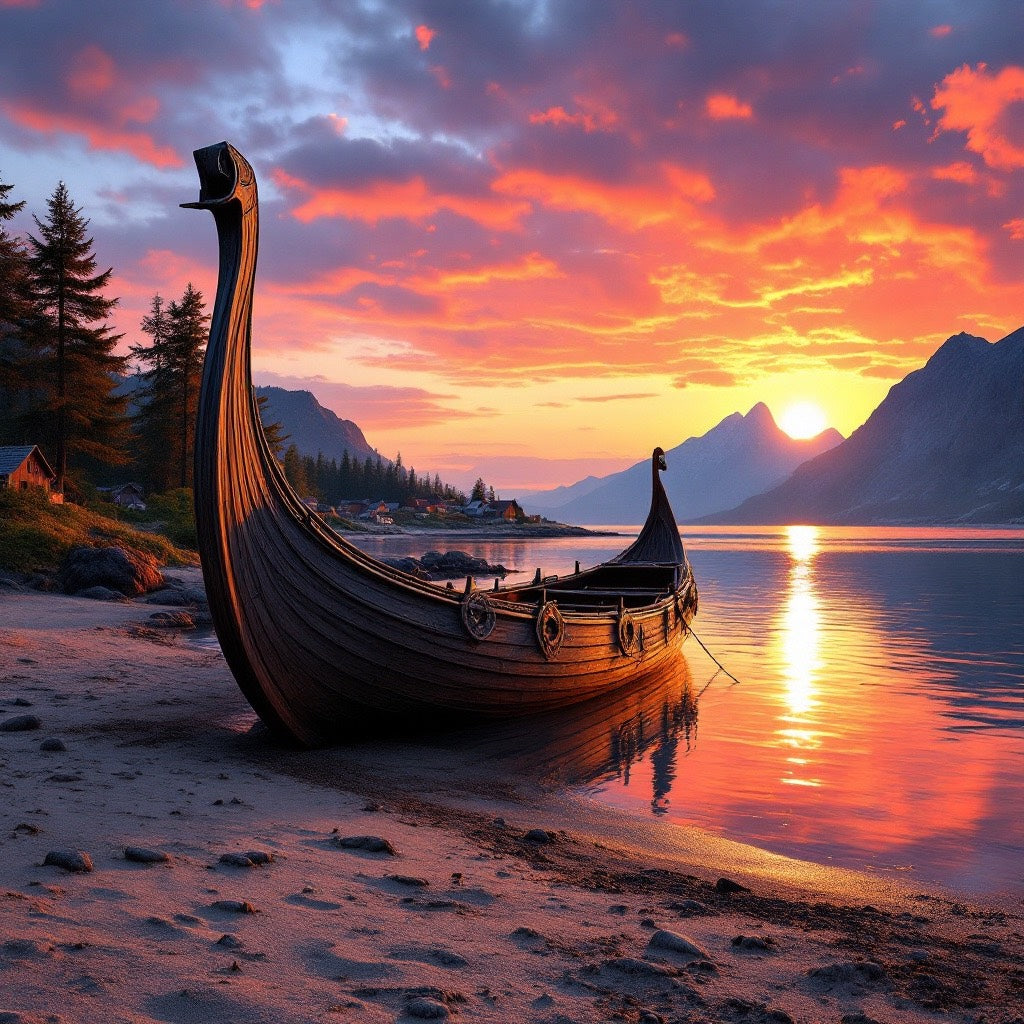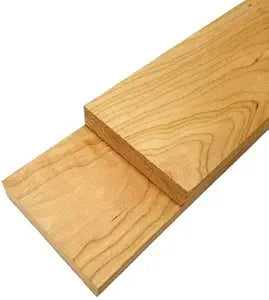Before the rise of empires and global exploration, early seafarers mastered the art of wooden shipbuilding using tools no more complex than axes and chisels. Among these early mariners, the Vikings stand out for their sleek, seaworthy longships that helped them raid, trade, and explore across Europe and even to North America. But the Vikings didn’t invent wooden shipbuilding—they inherited and refined a tradition that stretches back thousands of years.
This post explores how wooden ships were constructed in the Viking Age (roughly 800–1100 AD) and earlier, focusing on the materials, tools, techniques, and maritime innovations of the time.
1. Early Seafaring and Shipbuilding Traditions
Long before the Vikings set sail, early civilizations like the Egyptians, Phoenicians, and Greeks built wooden vessels. These early ships were often sewn-plank boats or dugouts—single logs hollowed out to float.
-
Dugouts date back at least 8,000 years and were typically made from large, softwood trees like linden or pine.
-
Sewn-plank boats, used in ancient Egypt and elsewhere, featured planks stitched together using natural fibers, often reinforced with pitch or resin.
These methods laid the foundation for the advanced ship designs that would follow in the Iron Age and into the Viking period.
2. Viking Ship Design: Speed, Flexibility, and Strength
The Vikings revolutionized wooden shipbuilding with their famous longships and knarrs.
-
Longships were fast, narrow, and designed for raiding and coastal travel. They could navigate both open seas and shallow rivers.
-
Knarrs were broader cargo ships, used for trade and long voyages, including to Iceland, Greenland, and Vinland (North America).
These ships were symmetrical, allowing them to reverse direction quickly—essential for beach landings or escaping pursuit.
3. Materials: Working with Northern Forests
Viking shipbuilders used materials native to Scandinavia:
-
Oak: The primary wood for hulls and keels due to its durability and natural resistance to rot.
-
Pine: Used for decking, masts, and spars—lighter and easier to shape.
-
Birch and Elm: Employed for smaller structural elements or curved pieces.
Trees were chosen carefully, often for their natural curvature to match specific ship components like ribs or stems. Wood was usually split along the grain, not sawn, to maintain its strength.
4. Clinker-Built Construction
The hallmark of Viking shipbuilding was the clinker or lapstrake technique:
-
Overlapping planks were fastened along the sides of the hull, creating a flexible, lightweight structure.
-
The planks were attached with iron rivets or wooden pegs, then sealed with moss or animal hair mixed with tar to make the ship watertight.
-
The keel, a central timber running along the bottom, served as the ship’s backbone.
This construction method allowed the hull to flex with the waves, reducing strain and improving seaworthiness—key for long ocean voyages.
5. Tools and Techniques
Viking shipwrights used a basic but effective toolkit:
-
Axes and adzes were used to shape and smooth timbers.
-
Augers drilled holes for rivets and pegs.
-
Drawknives and chisels refined the joinery and detailing.
-
Ropes and wedges helped bend planks into place after softening them with steam or water.
Ships were built without formal blueprints. Instead, knowledge was passed down through apprenticeship and experience, with master shipbuilders (“skipasmiðir”) overseeing the work.
6. Sail, Rigging, and Steering
Originally, Viking ships were powered by oars alone, but by the 8th century, they included a single square sail, often made from wool reinforced with leather or tar for water resistance.
-
Masts were fixed midship and could be taken down quickly in storms or tight rivers.
-
Rudders weren’t yet central—they used a steering oar, or “steerboard,” on the starboard side, giving us the modern term "starboard."
The sail and rowing combination gave Viking ships tremendous versatility in wind or calm.
7. Cultural and Strategic Importance
Viking ships weren’t just transportation—they were symbols of power and prestige. The Oseberg and Gokstad ships, discovered in Norway, were lavishly carved and buried with their owners, suggesting ships played a key role in the Viking belief system and social order.
These vessels enabled the Vikings to dominate coastal Europe, establish trade routes to Byzantium, and explore the North Atlantic—achievements that would not have been possible without their mastery of wood and wave.
Conclusion
The wooden ships of the Viking era were masterpieces of craftsmanship, built not with engines or computers but with intuition, skill, and deep respect for nature. Using only axes, tar, and timber, early shipwrights created vessels that could cross oceans and make history. Their legacy sails on, not only in museums and replicas but in the very idea of adventure and exploration itself.



